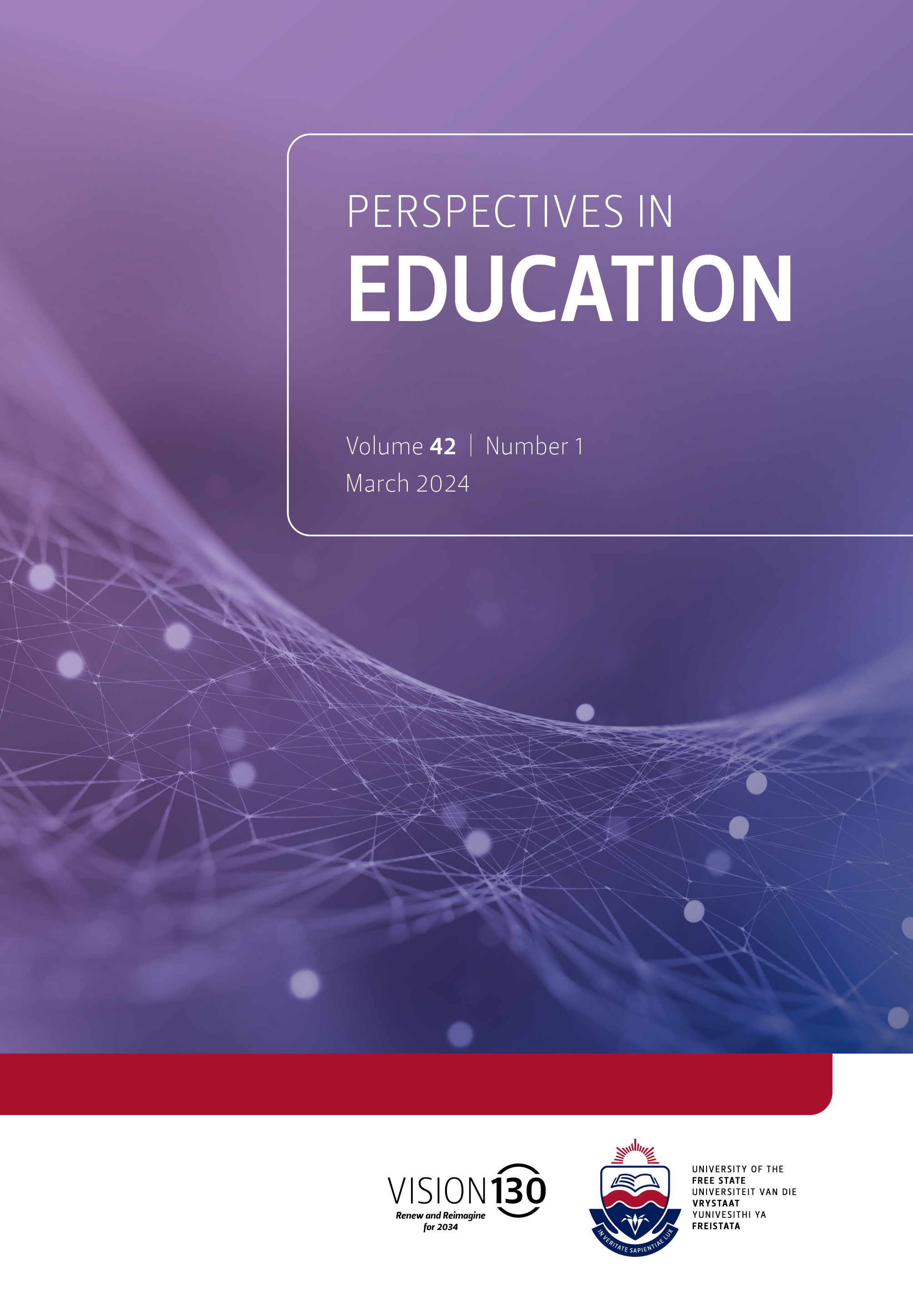When bullying victims are also perpetrators: A qualitative study in high schools in Tshwane District, Gauteng Province
DOI:
https://doi.org/10.38140/pie.v42i1.7213Keywords:
bullying, bully-victims, high school learners, perpetrator, school violence, South AfricaAbstract
Whilst traditionally, participation in bullying was understood to refer to being a victim, a bully or a bystander, studies have shown that the prevalence of learners who are both a bully and a victim known as bully-victims is also prevalent both locally and internationally. The aim of the study was to explore and explain reasons why some learners assume the dual roles of victim and perpetrator. A cross-sectional explanatory mixed-method design was used for the study. In the first phase, the Illinois Bully Scale was used to screen for bullying behaviour on a sample of 460 learners, aged 11 to 20 years, with a mean age of 15 years, who attended high schools in a Tshwane District township, Gauteng Province. The learners were categorised as bullying perpetrators, victims, both, or not involved in bullying, based on the scores from the Illinois Bully Scale. A phenomenological hermeneutical method was then used to collect and analyse data from 25 of those with high scores in any of the three categories, namely perpetrators, victims or both as determined using the Illinois Bully Scale. NVivo 14 software was used to conduct a thematic analysis of the data. The focus of this paper is on the perpetrator-victim category, a category of learners that screened positively for being both the perpetrators and victims of bullying. The study found that bullying victims tend to bully those whom they perceive to be weaker than them. Being both a perpetrator and a victim of bullying was found to be as a result of a belief that being a victim of bullying makes one less respectable and bullying others brings back the lost respect. Victims also feel the need to make others suffer the pain of being bullied that they are going through so as not to suffer alone. Victims also bully others as a form of self-protection and defence against being bullied. Furthermore, victims bully those who are weaker than them to get some relief from ethe emotions of anger and frustration that build up as a result of being bullied by a stronger bully against whom they cannot defend themselves. Bullying creates a perpetual cycle of violence as victims view bullying others as justified as it is “paying forward the pain” that they themselves have been subjected to. Early identification and interventions to prevent and manage bullying in schools are required to break the victim-perpetrator cycles.
Downloads
##submission.downloads##
Published
How to Cite
Issue
Section
License
Copyright (c) 2024 Kebogile Mokwena

This work is licensed under a Creative Commons Attribution 4.0 International License.





